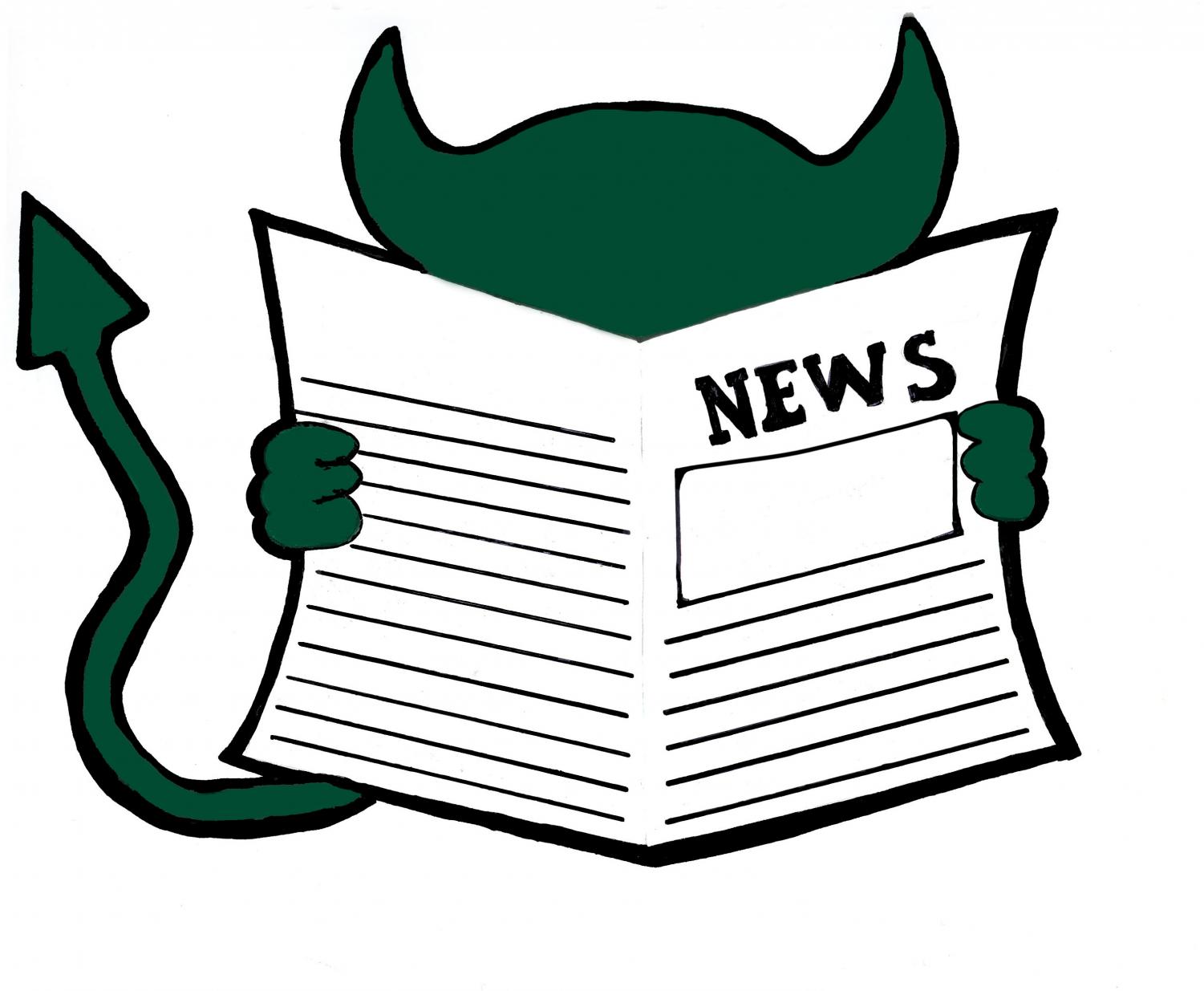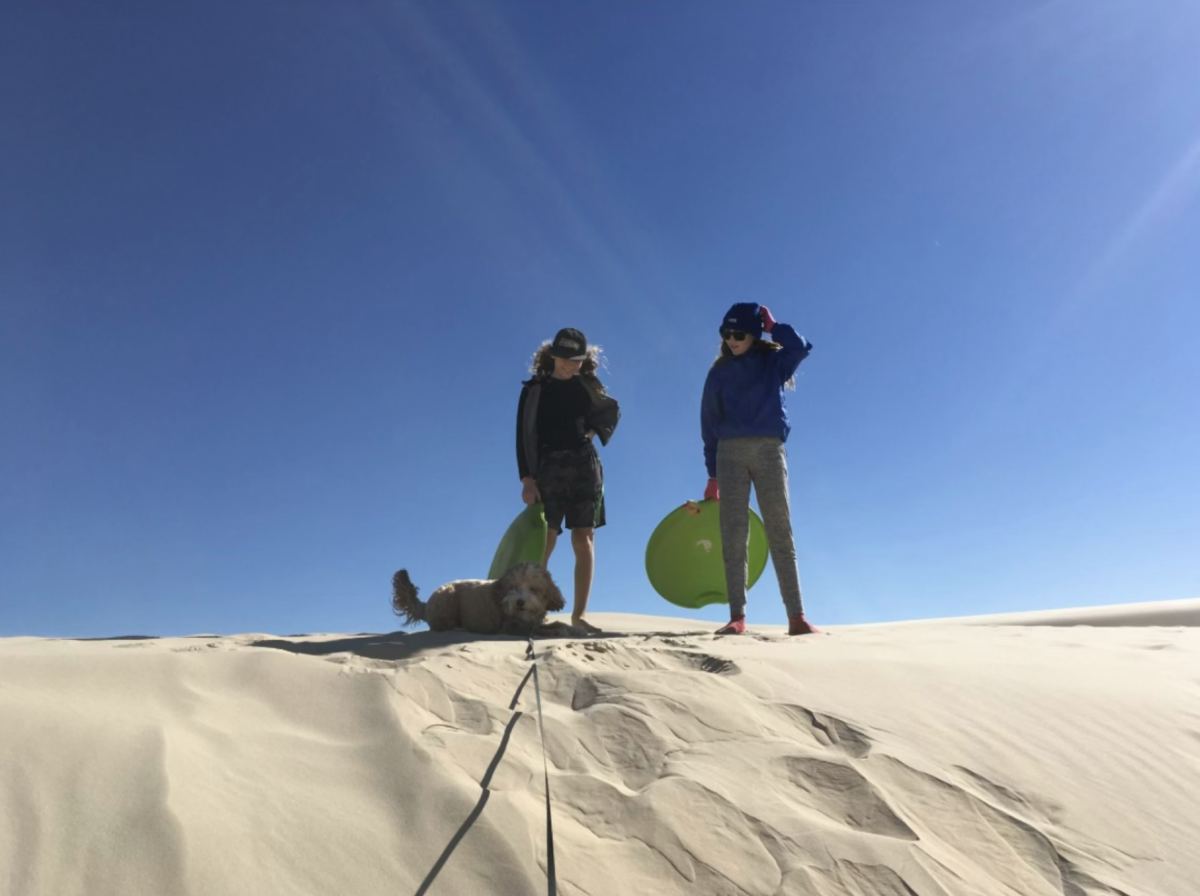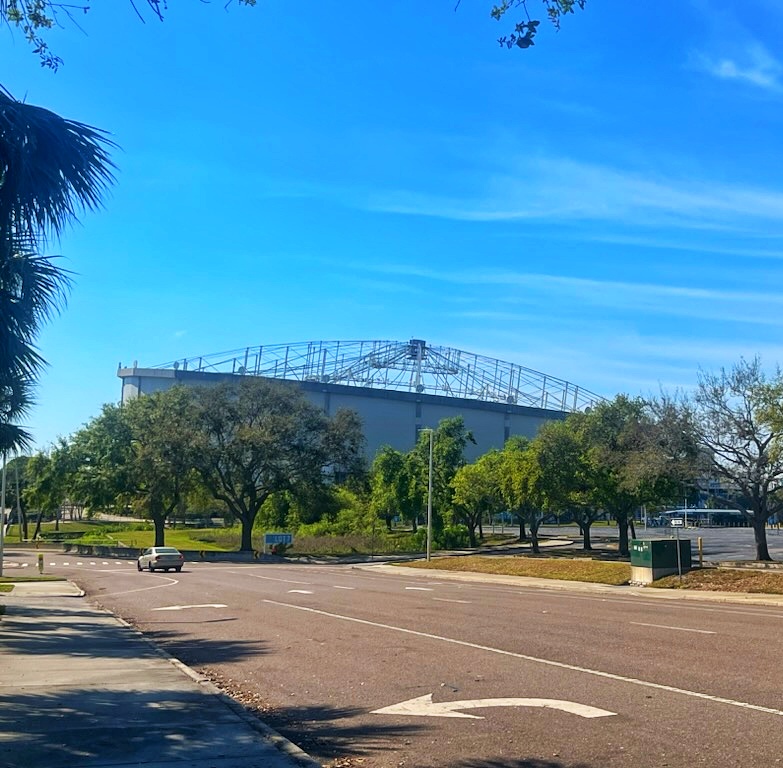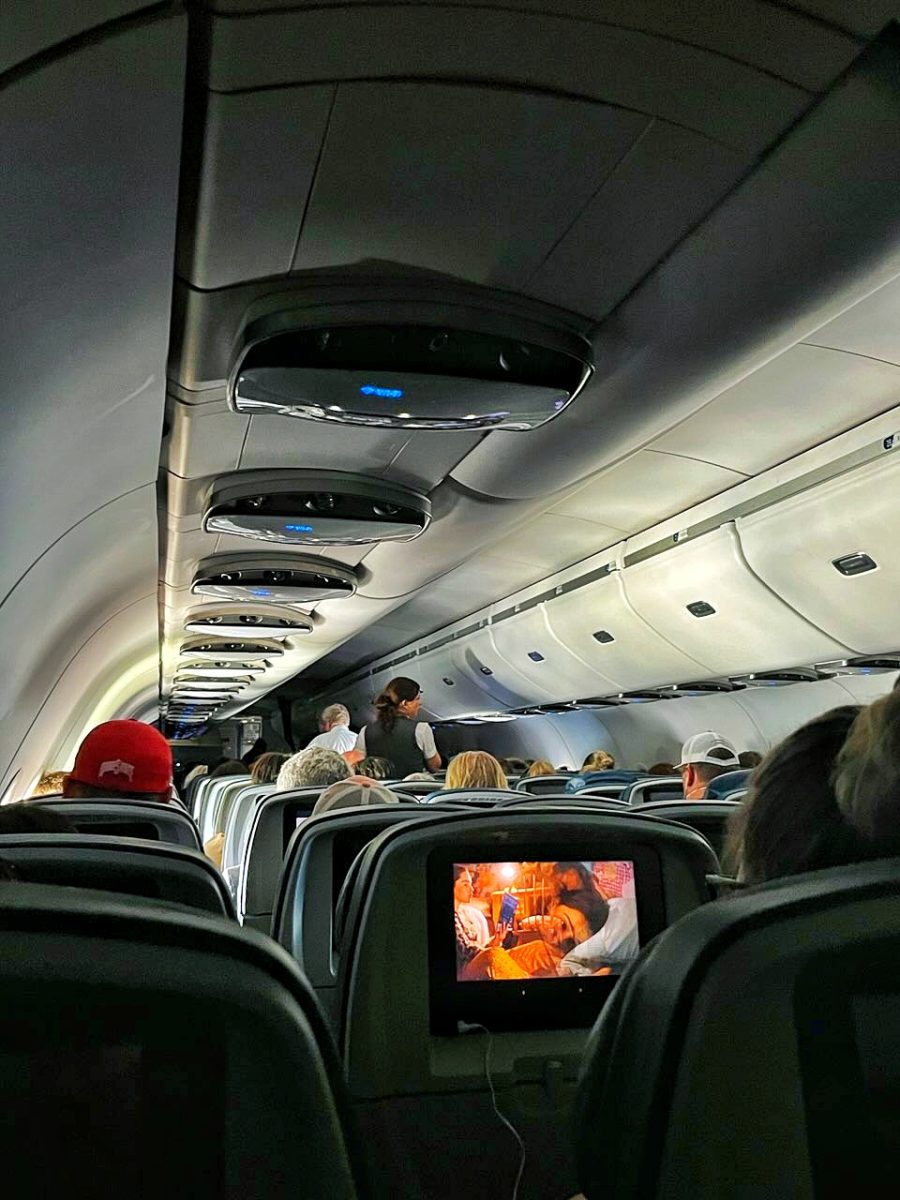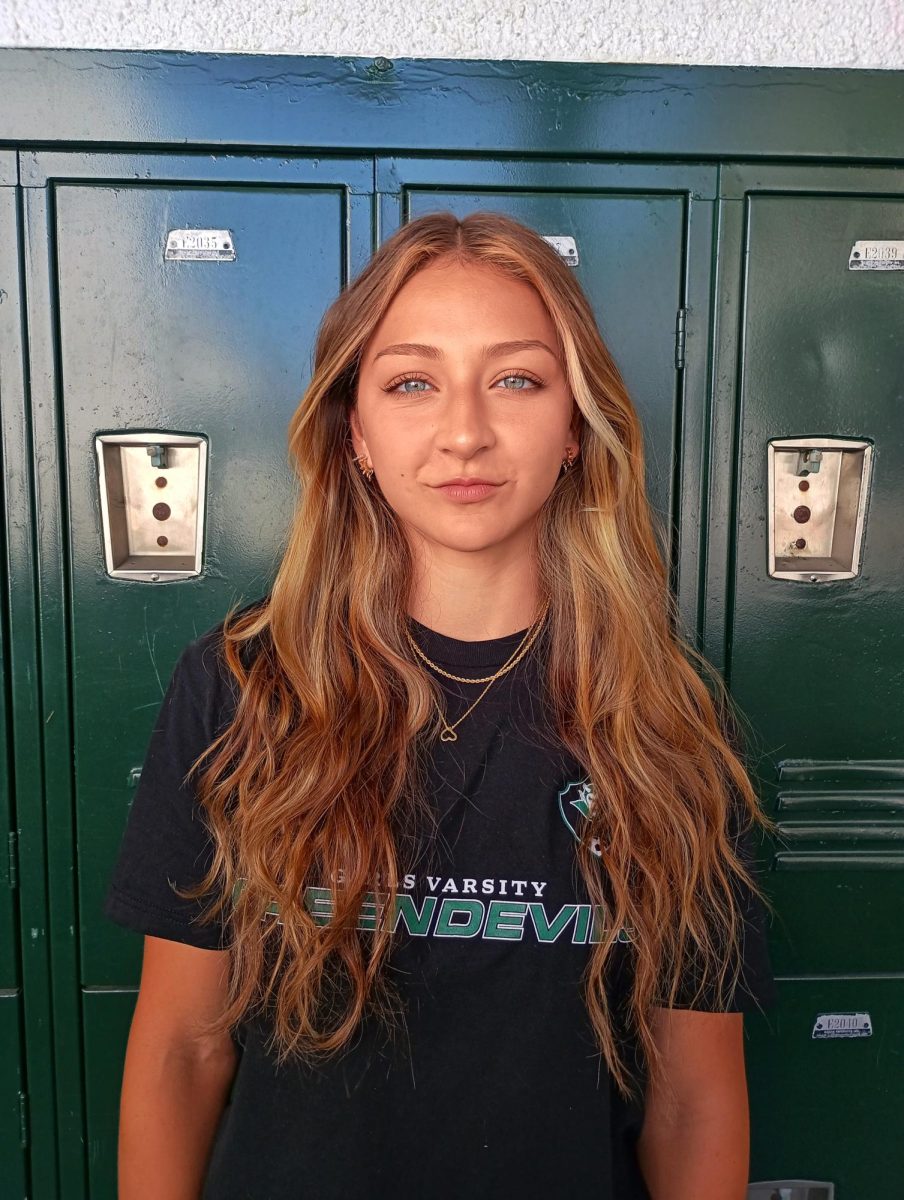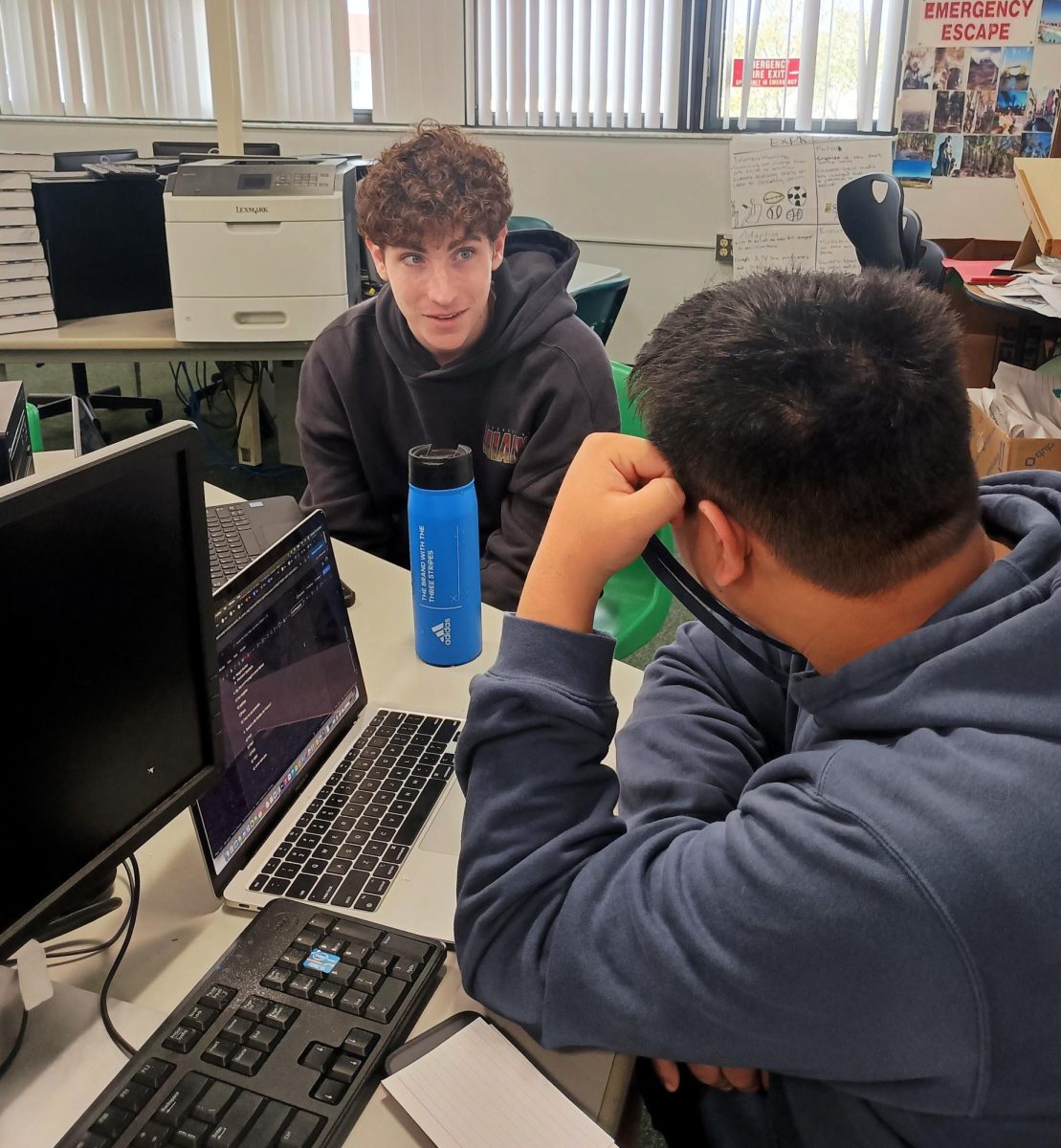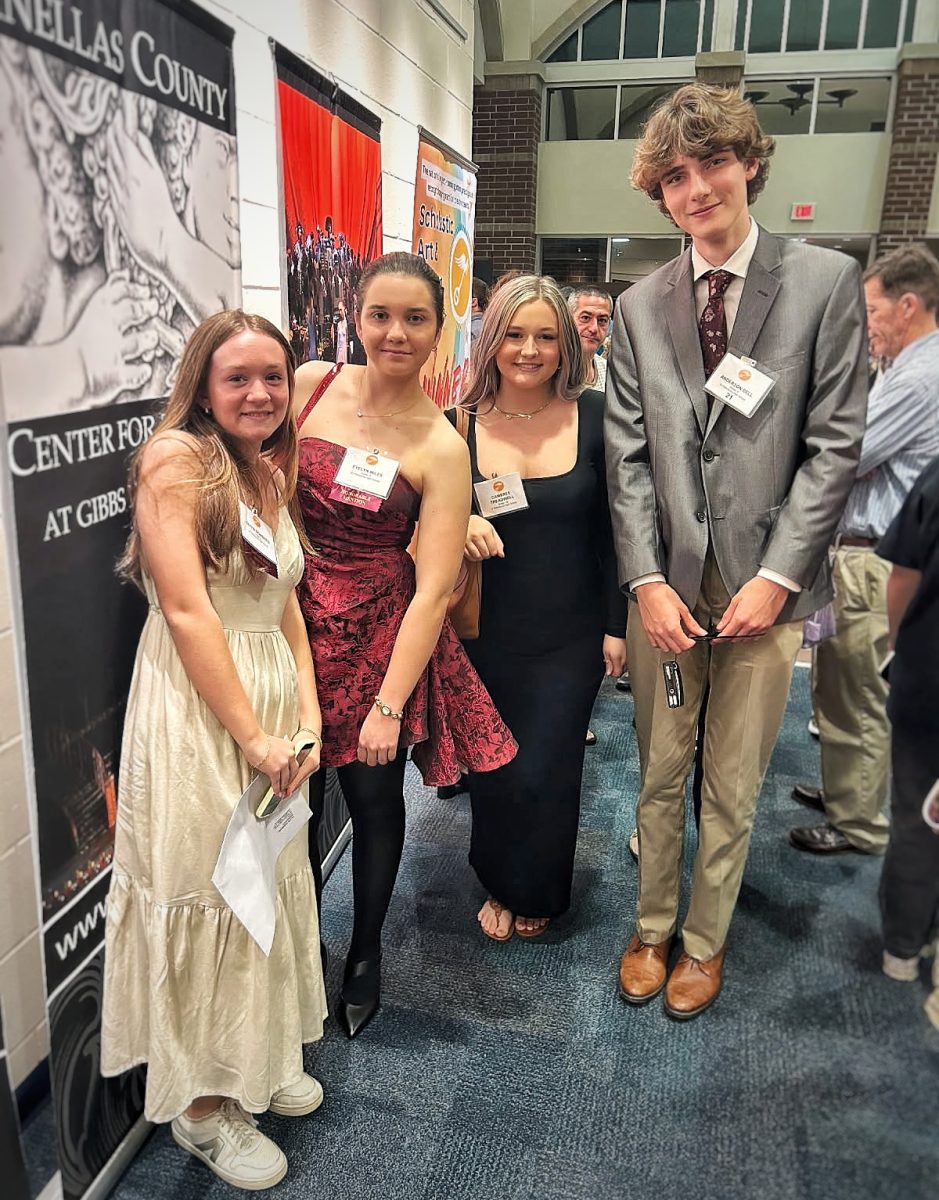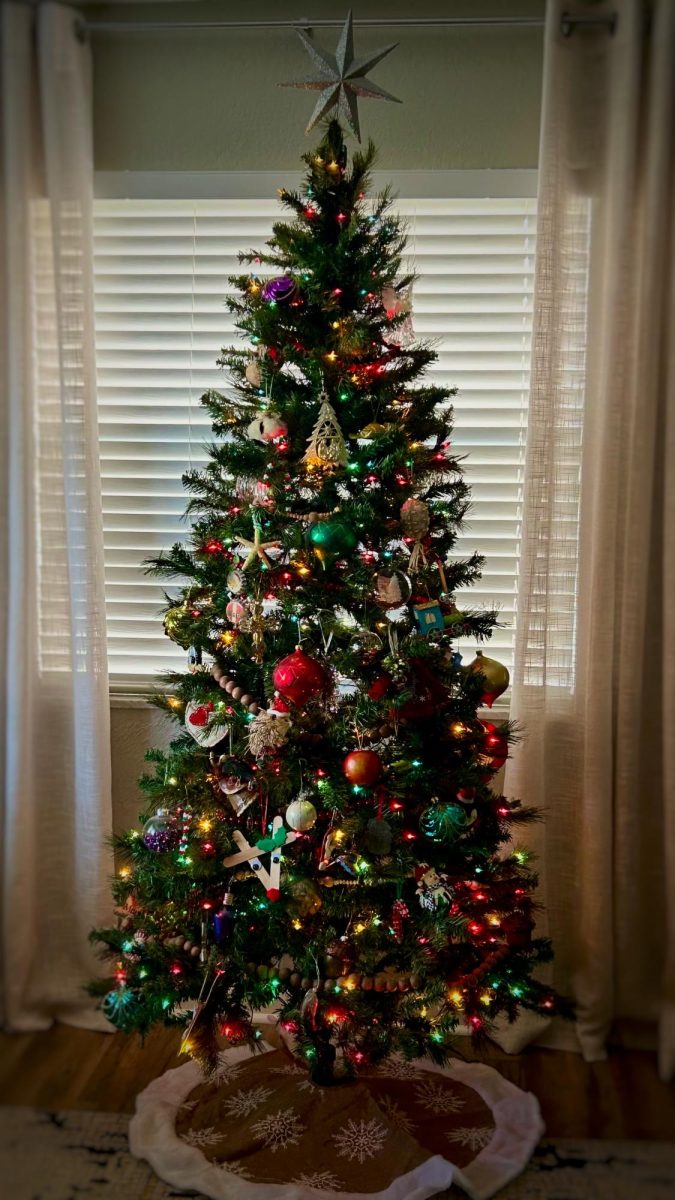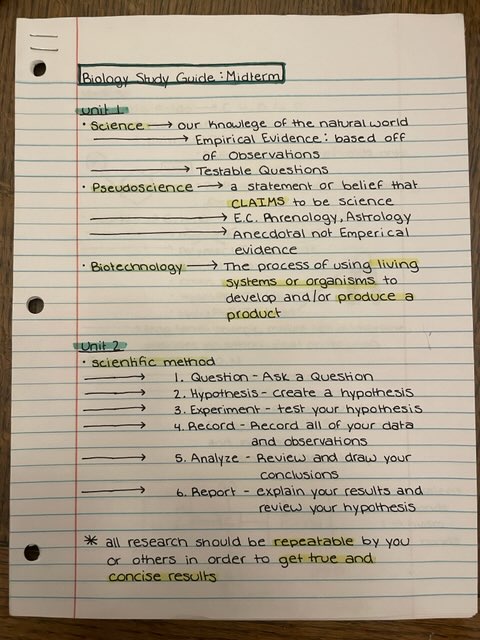Transitioning into high school can be a difficult journey as it parallels the path of adolescence into adulthood. The middle schools that students come from frame the novelty of their transitions into St. Petersburg High School.
Besides the building itself, the foundation of a great school is the students and staff. Ela Salihovic, an IB sophomore who transitioned from Meadowlawn Middle School, says, “The students behaved a lot worse in middle school. Completely disrespectful. In IB, you don’t see a lot of that same behavior at all. It was a big change.” Of course, student behaviors largely depend on individual manners and attitudes; however, one could argue that high school students portray much more maturity compared to middle school students, and learning how to do that is just another part of the transition. A traditional freshman from Tyrone Middle School, Desirae S., offers, “The rules were very different back at my middle school because we were more strict on dress code and phones, and at St. Pete High is not as strict.” At SPHS, the policies on student attire as well as cell phone regulation (when used accordingly), are lenient, allowing scholars to focus on their studies. Students in public middle schools are still supplied with similar materials as SPHS, likely because SPHS is also a public school. On the other hand, Ela Salihovic mentions, “The classroom quality definitely does not compare to SPHS. I’m not saying it was horrible, but coming here was definitely an eye-opener.” From the classroom to the cafeteria, the food was typical public school food where you are offered different options of food, which comes on a tray with a small side of fruit or vegetables, as well as a choice of chocolate or white milk. While public middle schools had vending machines, they usually only offered one type of drink. However, SPHS has multiple vending machines all over the school with a variety of candy, snacks, or drinks. The transition into SPHS seems to be a change for the better for students who attended public middle schools.
A frequent misconception about private schools is that they have it much better than public schools. However, considering the state of SPHS, in this scenario, that thought may not be true. Regarding the classroom, an IB freshman from Lutheran Church of the Cross, Kate Hewett, says, “It was a really nice school, and it had good quality supplies. If you forgot to bring something, they would have it available.” The classrooms, as well as the bathroom, were described as high quality and modern, similar to the renovated classrooms at SPHS. For previous private school scholars, a difficult part of the transition into a public high school was managing the classwork, as students in private schools use different educational applications and typically do not have as many to keep up with as they do at SPHS. State mandates, standardized assessments, benchmark expectations, and scheduling in private schools can be vastly different from public schools, so many students must adjust to what is required at SPHS (and all other Florida high schools). New technology platforms for them, such as Focus, Canvas, and The College Board, are not used in some of our local private schools. These students had to acclimate to integrating these platforms into their daily schedules as well as acclimate to a larger student body, a larger number of faculty members, and an overall shift in school culture.
At SPHS, nobody is excluded. Students from all backgrounds are welcome, which of course, includes previously homeschooled students. While not typically being exposed to peers around one’s own age, the culture shock of high school can be overwhelming. From Finnegan Cox, “To be honest, I am a quick learner. It’s like taking a driver’s test while learning how to drive. The culture shock was something to get used to as I usually hung out with the sailors and racers, but I stuck to the way of life I had developed on my own, and it guided me through the social scene and my studies.” A similar concern of transferring into the culture of public high school is finding a solid group of friends. Julien Savage, a previously homeschooled scholar now at SPHS, says, “After my freshman year, I transferred into IB, where I was able to find both academic challenges and friends. I also played on the basketball team my freshman and sophomore years, which helped me meet new people.” Many believe that pursuing school at home leaves students with an endless amount of time to kill. However, Finnegan Cox offers, “My extracurriculars were the reason I did virtual school. I am a sailor on the U.S. development team, a go kart racer, an XC runner, and I enjoy some time on a surfboard now and then. I pretty much used the extra time to practice and travel to all of these events. Oh, and I guess traveling was a bit of an extracurricular as well.” Adjusting to new flexibility within their schedule as well as adapting to student culture, were major parts of homeschooled students’ transitions into SPHS.
Common predictions from current SPHS students were that high school was going to be scary, stressful, and awkward. Yet after getting a taste of SPHS, many students can comfortably say that they enjoy it much more than their past school experiences. When asked to describe their flux to SPHS, some words shared by the student body were: “positive,” “impactful,” “a new adventure,” and “a worthwhile challenge.” Overall, the plethora of opportunities that students experience at SPHS alongside the come-as-you-are nature were some of the major factors felt in their transition to high school.

